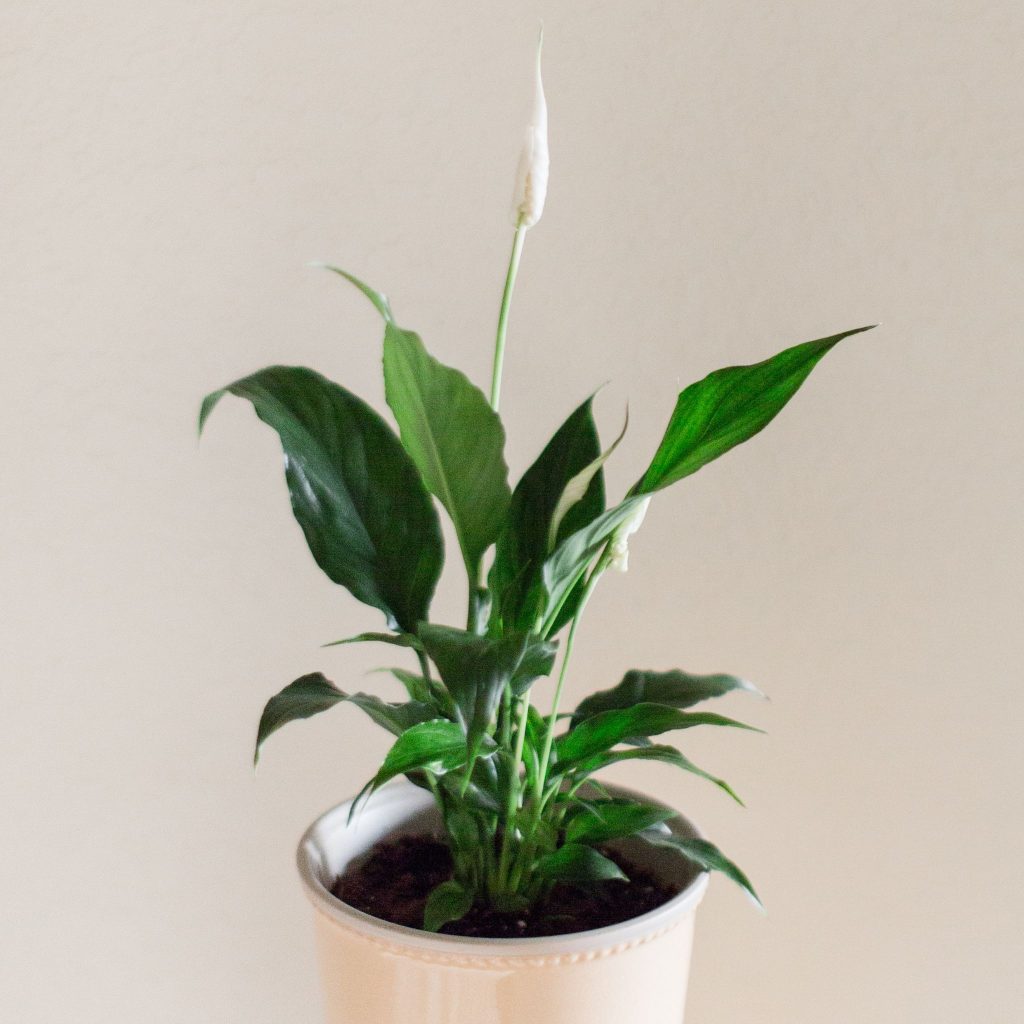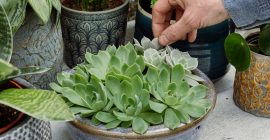If you’re new to indoor plants then this beginner’s guide to houseplants is a comprehensive article o help you get started. Embracing the world of houseplants can be an enriching and rewarding journey. Whether you’re looking to spruce up your living space, improve air quality, or simply enjoy the tranquillity that plants bring, starting with houseplants is a fantastic choice.
Follow these simple steps to green your space
1. Assess Your Space and Conditions
Understanding your home’s environment is crucial before selecting houseplants. Consider factors like natural light availability, temperature, and humidity levels in different areas. This assessment helps determine which plants will thrive best in specific spots around your home. While most houseplants adapt well to typical indoor temperatures, some may have specific humidity requirements. Consider using a humidifier or placing pebble trays filled with water beneath pots to create a more humid microclimate, especially for tropical plants if required.
2. Choose Beginner-Friendly Plants
Opt for resilient plants that are forgiving of occasional neglect and varying conditions. Some excellent options for beginners include Snake Plants, Pothos, ZZ Plants, Spider Plants, and Peace Lilies. These species are known for their durability and adaptability, making them ideal for those new to plant care.





3. Understand Light Requirements
Different plants have varying light needs, ranging from low to bright indirect sunlight. Match your plant selection with the available light in your space. For example, Snake Plants and ZZ Plants tolerate low light, while succulents thrive in bright, indirect sunlight.
4. Get the Right Pot and Compost
Choose pots with drainage holes to prevent waterlogging and ensure proper drainage. Use well-draining potting soil tailored to the specific needs of your plants. Some may require a soil mix that retains moisture, while others prefer faster drainage. Check out our range of compost
5. Watering Basics
One of the common mistakes among beginners is overwatering. Allow the soil to partially dry out between watering for most plants. Use the “finger test”: insert your finger into the soil; if it feels dry an inch or so deep, it’s usually time to water. Adjust watering frequency according to the plant’s needs and the environment. You might find a Watering Indicator Stick useful, for a failproof way of seeing when the soil is dry and in need of watering.
6. Learn to Read Your Plant
Observe your plants regularly. Wilted or yellowing leaves, dry soil, or stunted growth could indicate issues with watering, light, or other factors. Adjust your care routine based on your plant’s response to ensure its health and vitality.
Pests and Diseases:
Keep an eye out for common pests like spider mites, aphids, or fungus gnats. Act promptly if you notice any signs of pests, using natural remedies or specific treatments for each type of infestation. Also, be wary of root rot caused by overwatering.
Wilting and Yellowing Leaves:
Wilting or yellowing leaves might signal issues with watering. However, they could also indicate other problems like nutrient deficiencies or incorrect light exposure. Assess the overall health of your plant to diagnose the cause accurately.
7. Pruning and Maintenance
Regularly remove dead or yellowing leaves and trim overgrown stems to encourage healthy growth. Dust the leaves occasionally to allow for better light absorption. Read our article on how to clean houseplants for more information.
8. Patience and Learning
Growing plants is a learning process. Don’t be discouraged by setbacks or mistakes; they’re part of the journey. Use resources like books, online guides, or local gardening communities to expand your knowledge and troubleshoot issues.
9. Enjoy the Experience
Houseplants bring a sense of joy and serenity to any space. Take pleasure in nurturing your plants and witnessing their growth. Experiment with different species and arrangements to find what works best for you and your home.
Embarking on your houseplant journey as a beginner can be both exciting and fulfilling. With the right knowledge, a bit of patience, and a willingness to learn, you’ll soon find yourself surrounded by thriving greenery, transforming your home into a haven of natural beauty and tranquillity. As you gain confidence and experience, consider expanding your collection with more diverse species. Experiment with different sizes, shapes, and colours to create visually appealing arrangements. However, continue selecting plants that align with your lifestyle and available time for maintenance. Happy planting with our beginner’s guide to houseplants!




